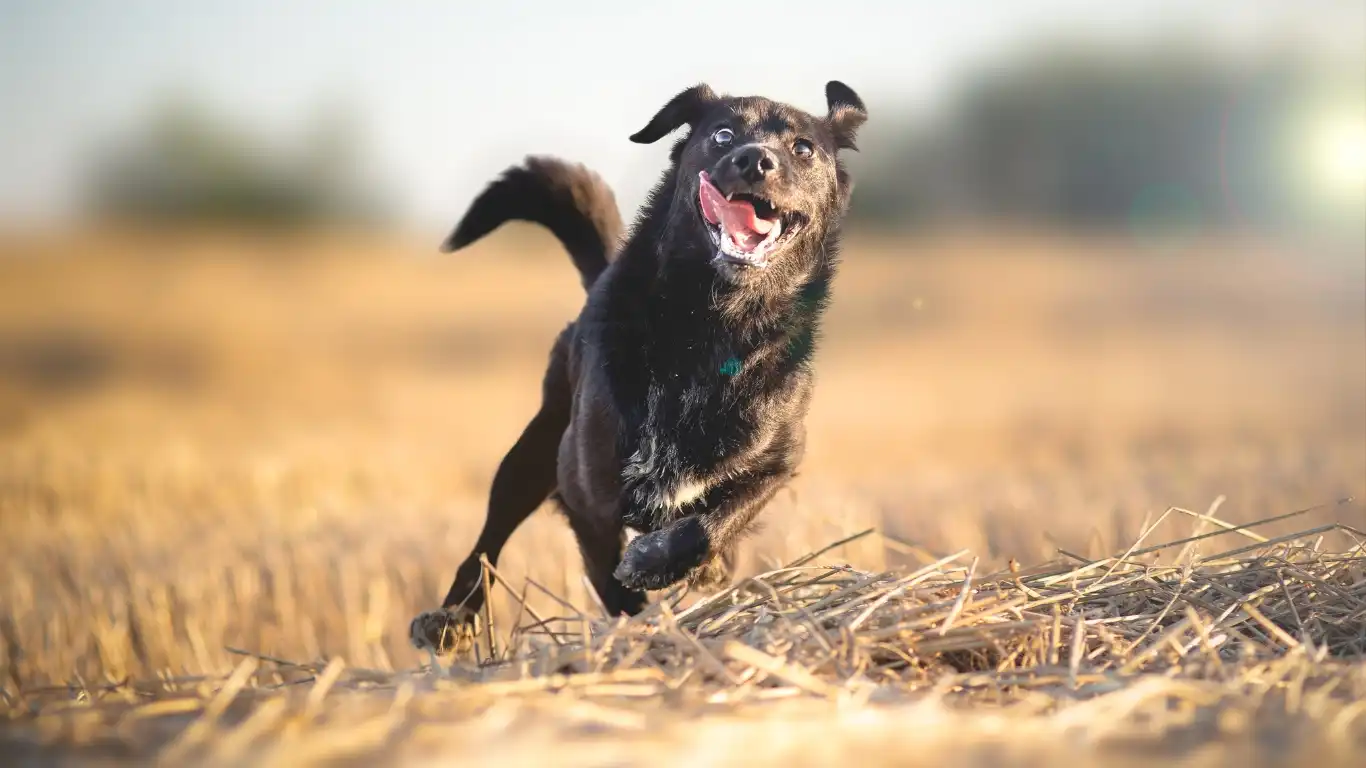Best Ways to Safely Clean a Dog’s Paws After a Walk
As a veterinary technician specializing in nutrition, I’ve seen firsthand how important it is to care for every part of our pets’ bodies — and their paws are no exception. If you’re like me, you love to take your dog for walks. Whether it’s a brisk stroll through the neighborhood or a more adventurous hike, paws can pick up dirt, debris, and even harmful substances that may irritate or cause infections. That’s why learning the best ways to safely clean a dog’s paws after a walk is an essential part of keeping your furry friend healthy and happy. In this article, I’ll share some practical, safe, and effective methods for cleaning your dog’s paws — ensuring that every step is gentle yet thorough.
The Importance of Cleaning Your Dog’s Paws
Cleaning your dog’s paws after a walk is more than just a quick wipe-down — it’s a vital step in preventing skin infections, allergies, and other health issues that can arise from foreign materials that get trapped in the paw pads. As a vet tech, I’ve seen countless paw-related problems ranging from minor irritations to more serious conditions, so trust me when I say it’s worth taking the extra time to properly care for them. The area between your dog’s toes is prone to becoming irritated by dirt, mud, salt, chemicals, or even small stones. If left unchecked, these can lead to painful sores or infections.
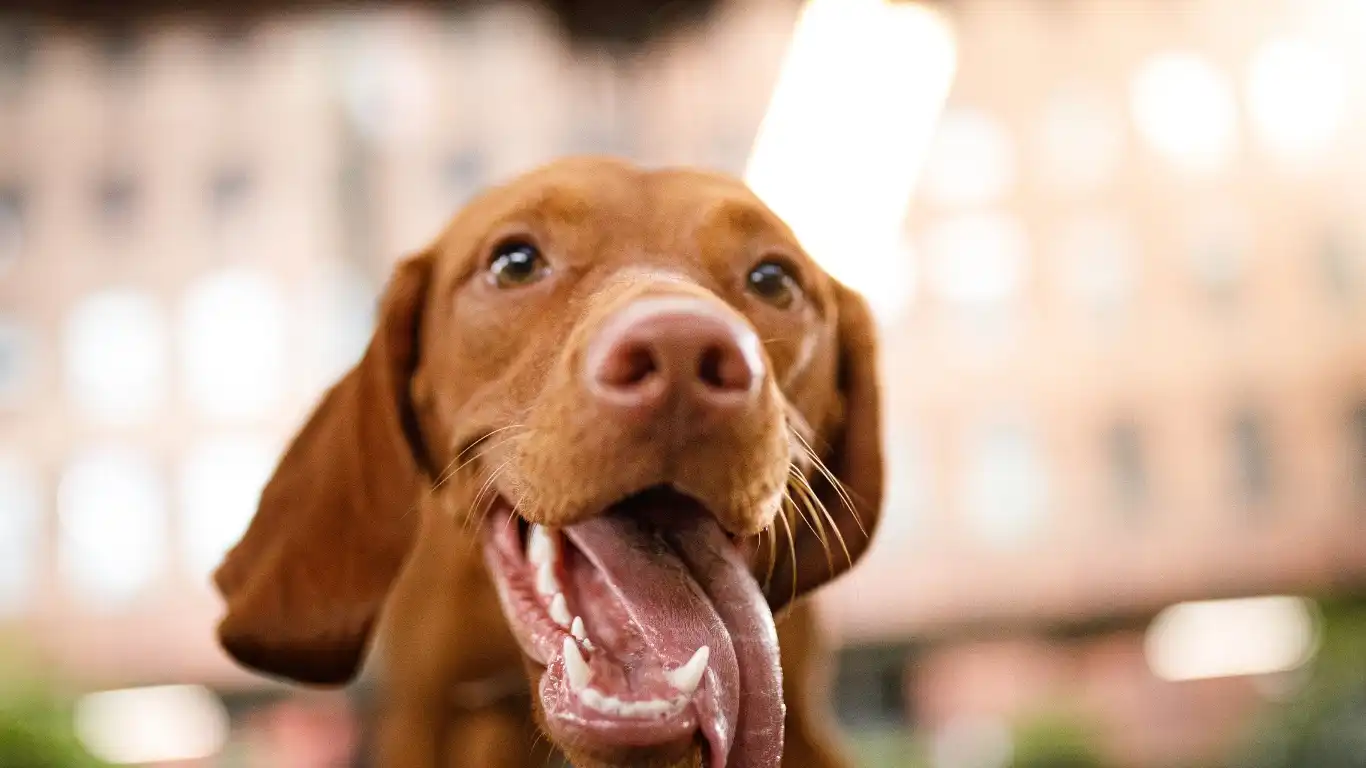
Best Ways to Safely Clean a Dog’s Paws After a Walk
So, let’s dive into some tried-and-true methods for safely cleaning your dog’s paws after every walk. As a dog parent, I know how important it is to find a routine that works both for your dog and for you. Thankfully, it doesn’t take much to keep their paws in great shape, and there are some really simple techniques that you can easily incorporate into your daily routine. Below are some of the best ways to clean a dog’s paws after a walk, which I’ve learned from years of working with pets:
1. Wipe Them Down With a Damp Cloth or Paw Wipes
One of the easiest and most convenient methods is to use a damp cloth or specially designed paw wipes to clean your dog’s paws. These are great for quick cleanups, especially when you don’t have access to running water. I always keep a pack of paw wipes near the door so that I can quickly wipe down my dog’s paws as soon as we get home. Paw wipes are formulated to remove dirt and debris while also being gentle on your dog’s sensitive skin. I’ve personally used these wipes with my own dogs, and they work wonders, especially for dogs with allergies or sensitive skin.
2. Use a Dog-Specific Paw Wash
If your dog’s paws need a deeper clean, a dog-specific paw wash is a fantastic option. These products are designed to gently cleanse and moisturize, helping to remove stuck-on dirt and debris that a simple wipe may miss. Paw washes are often made with natural ingredients, so they’re safe and soothing for your dog’s skin. When I’m dealing with particularly muddy or dirty walks, I turn to these paw washes to ensure my dog’s paws get a good clean. It’s easy to use — just pour the wash into a shallow dish, dip your dog’s paws in, and gently scrub between the toes and around the pads. Then, rinse and dry them thoroughly.
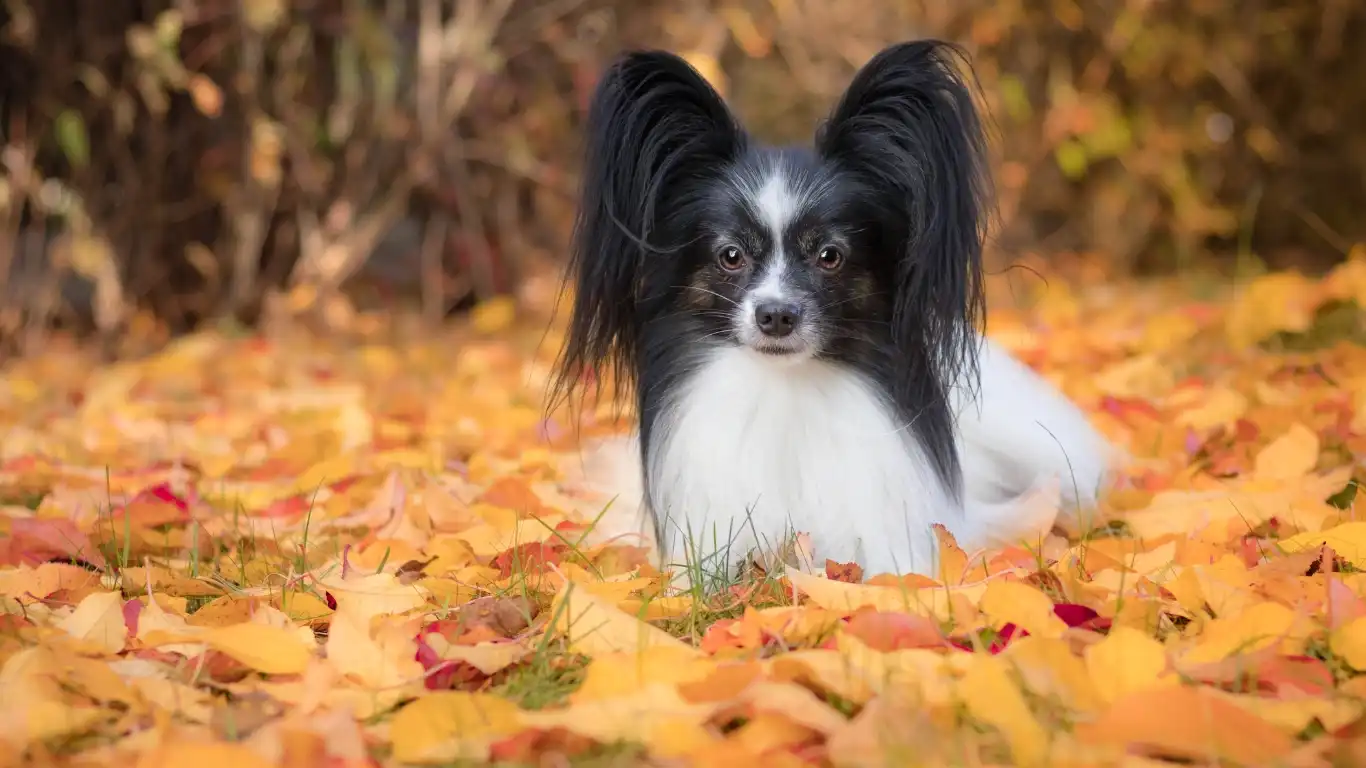
3. Rinse With Warm Water
Sometimes, the simplest approach is the best. If you’re not in a rush and want to ensure your dog’s paws are thoroughly clean, rinse them off with some warm water. You can use a shallow basin, a garden hose, or even the shower if you have a small dog that’s comfortable with it. This method works particularly well for removing dirt, sand, or road salt that can build up on your dog’s paws after outdoor adventures. While it’s not always necessary, rinsing off your dog’s paws with warm water helps to eliminate any potential irritants or contaminants they might have picked up during their walk.
4. Dry Them Off Properly
Drying your dog’s paws is a crucial step that shouldn’t be skipped! After you’ve cleaned them, it’s essential to make sure they’re dry to avoid any moisture buildup, which could lead to fungal infections or other skin problems. I always recommend using a clean, soft towel to gently pat your dog’s paws dry. Be sure to dry between the toes, as moisture can get trapped there and cause irritation. If your dog is particularly sensitive, you can even use a blow dryer on the low, cool setting, but make sure to keep it at a safe distance from their paws.
5. Check for Injury or Irritation
While you’re cleaning your dog’s paws, it’s the perfect time to do a quick check for any injuries, cuts, or irritations. I always make it a habit to inspect my dog’s paws after every walk — especially if we’ve been on rough terrain. Look for signs of redness, swelling, or small cuts that could indicate injury. Additionally, check for any foreign objects like small stones or twigs stuck between the toes. Regular checks can help catch potential issues early, preventing more serious health problems down the road.
Preventative Measures to Protect Your Dog’s Paws
In addition to cleaning your dog’s paws after walks, there are some simple preventative measures you can take to minimize the mess in the first place. For instance, consider using protective booties during walks if you know you’ll be walking on harsh surfaces like gravel, hot pavement, or salty roads. I’ve seen so many dogs benefit from wearing boots during walks, especially in extreme weather conditions. They protect the paw pads from burns, cuts, or chemical irritants that could cause problems later on.

Understanding the Risks of Not Cleaning Your Dog’s Paws
While cleaning your dog’s paws after each walk is essential for their health, it’s important to understand what can happen if you skip this step regularly. As a veterinary technician, I’ve seen what can occur when dirt, chemicals, and debris are left to linger between a dog’s paw pads. Let’s break down some of the risks that can arise from neglecting this task — and why it’s crucial to make paw care a priority.
1. Allergies and Irritations
If you walk your dog in areas with a lot of pollen, dust, or other allergens, those particles can cling to their paws. When your dog licks their paws later, they may ingest these allergens, causing digestive upset or skin irritations. Additionally, allergens can get trapped between the toes, causing localized itching, redness, or inflammation. I remember when my dog, Max, had constant itching between his paw pads, and it turned out that the dust from our daily walks was the culprit. By being diligent about cleaning his paws, we were able to significantly reduce the irritation.
2. Paw Pad Dryness and Cracks
Another problem that can arise from neglecting paw care is dryness. Dogs’ paw pads are tough, but they’re also sensitive. Walking on hot pavement, rough terrain, or through salt and sand can dry out the pads, leading to cracking and discomfort. A dog with cracked paw pads can be in a lot of pain, and in severe cases, the cracks can lead to infections. I’ve always recommended applying a good paw balm after cleaning to keep those pads moisturized and healthy. It’s a small step that makes a big difference in your dog’s comfort, especially in the winter months when the air is dry.
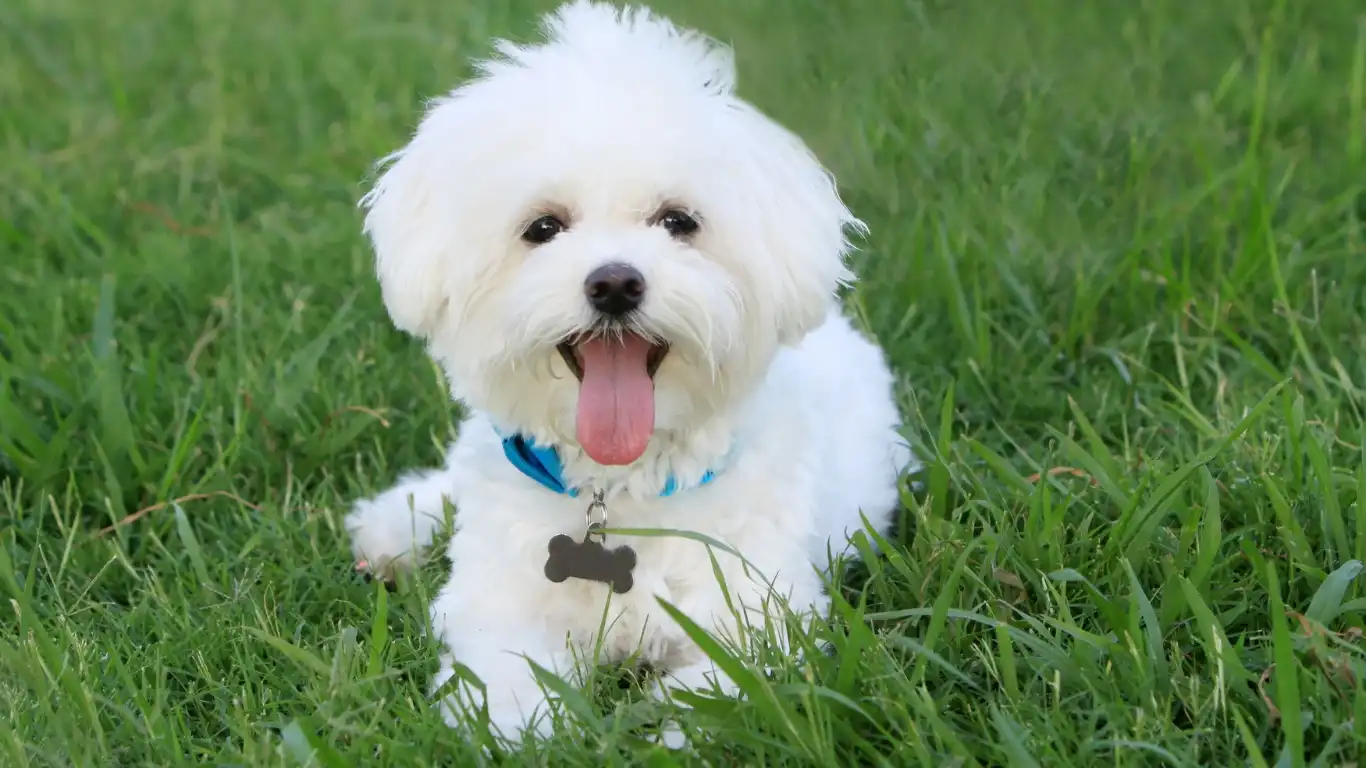
3. Infection and Abscesses
As you check your dog’s paws after a walk, keep an eye out for any cuts, scrapes, or small puncture wounds that may have occurred during the walk. These injuries are more common than you might think, especially in dogs that love exploring. If dirt or bacteria get into these small cuts, it can lead to infection or even an abscess. I’ve seen several dogs with painful paw abscesses, and let me tell you, they’re not fun for your dog — or for you! The good news is that if you make a habit of cleaning your dog’s paws, you can catch these issues early, preventing any serious complications down the road.
What to Look for When Inspecting Your Dog’s Paws
As you’re cleaning your dog’s paws after each walk, it’s a great opportunity to perform a quick inspection for any injuries or irritations. This routine checkup doesn’t take long, and it can save you from dealing with bigger problems later on. As a veterinary technician, I can’t stress enough how important it is to pay attention to the following signs:
1. Cuts and Scrapes
Look carefully for any cuts or abrasions that might have been caused by sharp rocks, broken glass, or rough terrain. Even small cuts should be cleaned immediately, as bacteria can get into these wounds and cause infections. I remember when my friend’s dog had a small cut between his pads, and they didn’t catch it right away. By the time they noticed, it had become an infected, painful wound that required a vet visit. That’s why it’s so important to check and clean your dog’s paws after every walk.
2. Foreign Objects
It’s not unusual for your dog to pick up small objects like twigs, stones, or pieces of glass while walking, especially if you’re out in nature. These objects can get wedged between the toes, which can cause pain and irritation. I’ve had situations where my dog brought home a tiny stone lodged between his pads, which I wouldn’t have noticed if I hadn’t been cleaning his paws right away. Always check carefully between each toe, as these little items can be easy to miss, but they can cause a lot of discomfort for your dog if left unattended.

3. Redness, Swelling, or Discoloration
If you notice any redness or swelling between your dog’s toes, this could be a sign of irritation, an allergic reaction, or even an infection. Sometimes dogs will develop a rash between their paw pads after walking on grass or dirt that has been treated with pesticides or herbicides. I’ve dealt with this situation with my own dog, and I always keep an eye out for any changes in color or texture of the skin around his paws. If you notice any signs of swelling or discoloration, it’s a good idea to consult with your vet, as it may be a sign of an underlying issue that requires treatment.
When to Seek Veterinary Help
Sometimes, no matter how careful you are, things can go wrong with your dog’s paws. While regular cleaning and inspection can catch most issues early, there are times when you’ll need to seek veterinary care. Here are a few red flags that indicate it’s time to make a trip to the vet:
1. Persistent Licking or Chewing
If your dog is constantly licking or chewing at their paws, it could indicate that something is bothering them — and that something could be a foreign object, infection, or allergic reaction. I’ve noticed that when my dog starts licking his paws excessively, it’s usually a sign that something isn’t right. Whether it’s a small injury or a more serious problem, it’s a good idea to check in with your vet if this behavior persists.
2. Difficulty Walking or Limping
If your dog is having trouble walking or is limping after a walk, it could be due to an injury or pain caused by a foreign object stuck between the toes. If the limping doesn’t resolve within a few hours or worsens, it’s important to have your vet examine your dog. I’ve had a few situations where I thought my dog was just being dramatic, but a quick vet visit revealed that he had injured his paw pad and needed treatment. Better safe than sorry!
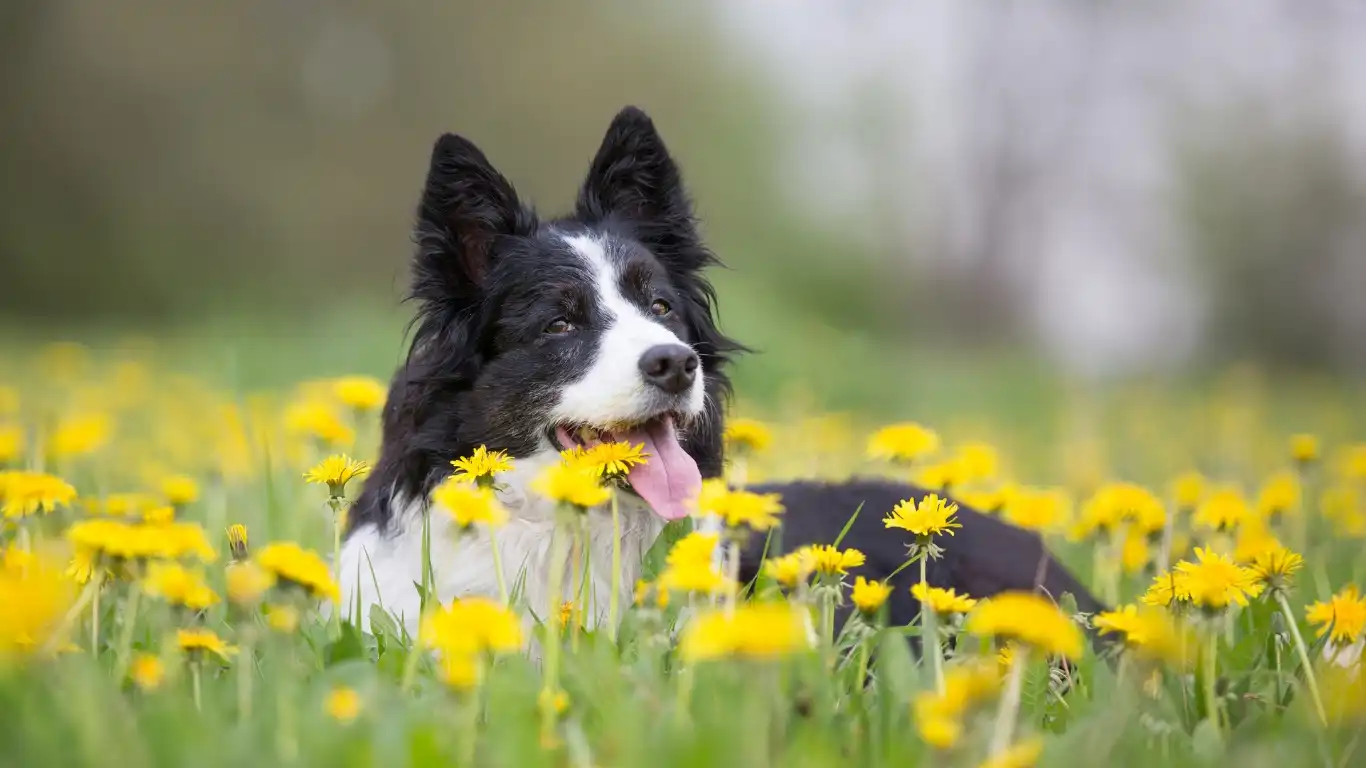
3. Unusual Odor
If your dog’s paws start to smell unusually strong or foul, it could indicate an infection or buildup of bacteria. A healthy paw should smell relatively neutral, so a strong, unpleasant odor may be a sign of something more serious. In these cases, it’s best to consult with your vet, who can recommend the appropriate treatment.
How to Make Paw Cleaning Fun for Your Dog
Let’s face it — not every dog is thrilled about having their paws cleaned after a walk. Some dogs will happily sit there and let you take care of it, while others might try to wriggle away at the first sign of a paw wipe. As a veterinary technician, I’ve worked with a lot of dogs, and I know that creating a positive experience around paw cleaning is essential for both you and your dog. After all, if your dog associates paw cleaning with something pleasant, they’re more likely to tolerate it in the future.
1. Start Slow and Be Gentle
If your dog is nervous or not accustomed to having their paws cleaned, start slow and be gentle. I recommend introducing the process gradually — especially if it’s their first time. Start by gently touching their paws and giving them treats to create a positive association. Once they’re comfortable with you handling their paws, move on to wiping them down with a damp cloth or using paw wipes. For dogs that are particularly anxious, I’ve found that using calming treats or sprays can help ease their nerves. Remember, patience is key! Over time, your dog will learn that paw cleaning is nothing to be scared of.
2. Use Positive Reinforcement
One of the most effective ways to get your dog used to paw cleaning is by using positive reinforcement. Every time you clean their paws, offer them a treat or lots of praise. This creates a connection in their minds that cleaning their paws means something good happens afterward. I do this with my own dog, and it’s worked wonders. The moment he sees the towel or paw wipes, he gets excited because he knows it’s followed by a tasty reward. It’s all about making it a fun, enjoyable process for both of you!
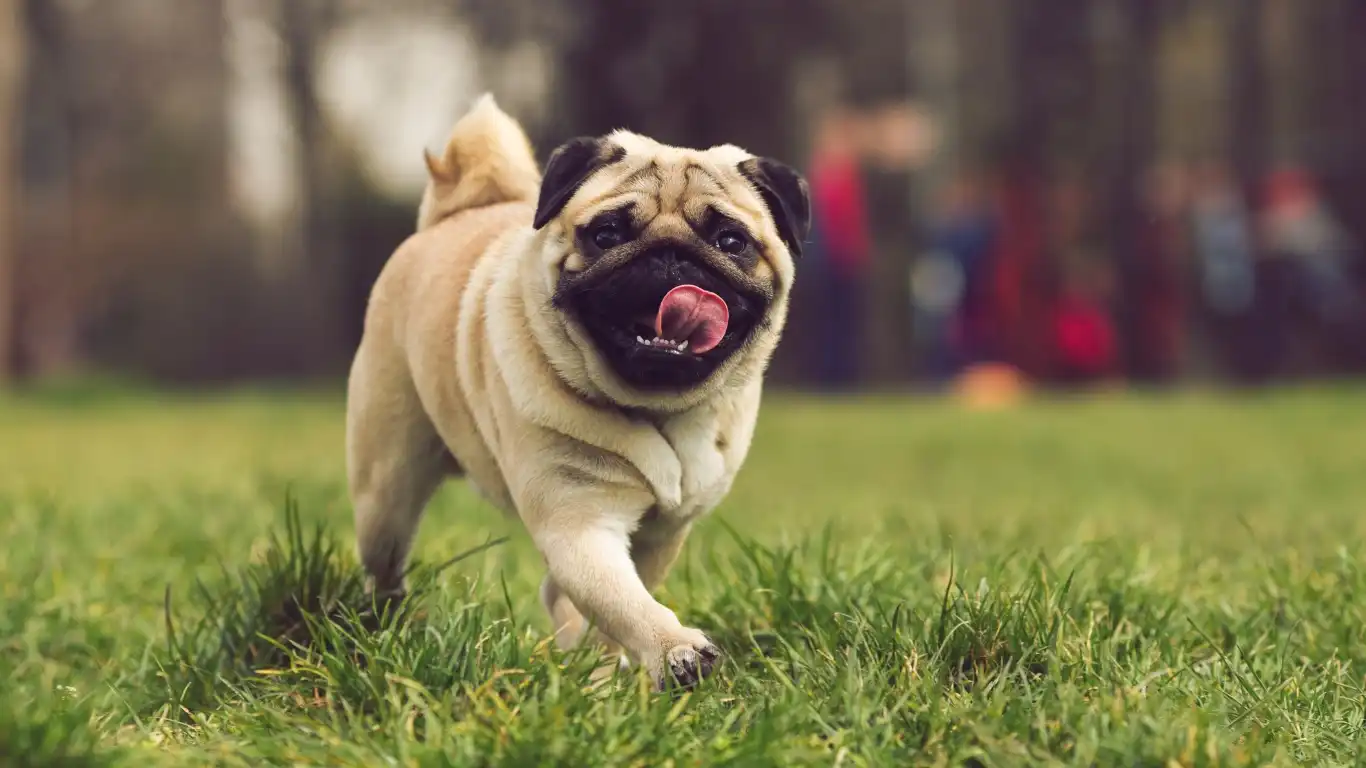
3. Try Different Tools
If you’re finding that your dog isn’t responding well to a certain cleaning method, consider trying something different. There are all sorts of paw cleaning tools available — from brushes to paw washers to no-rinse paw wipes. Some dogs may find a gentle paw brush more comfortable, while others might prefer a deep clean with a paw washing system. It’s all about figuring out what works best for your dog’s personality. I’ve used a paw cleaning mitt on my dog in the past, and he seemed to enjoy it more than traditional wipes, so don’t be afraid to experiment and see what makes your dog happiest.
Protecting Your Dog’s Paws in Different Weather Conditions
Throughout the year, the weather can change, and so can the challenges that your dog’s paws face. Whether it’s the scorching summer heat, winter salt, or the muddy mess of spring, the conditions your dog walks in can really affect their paws. As a veterinary technician, I’ve seen how important it is to adjust your paw care routine based on the seasons, and I’m here to help you navigate these changes.
1. Summer Heat and Hot Pavement
During the summer months, pavement can get dangerously hot for your dog’s paws, and many dog owners don’t realize just how much damage hot surfaces can cause. In fact, some dogs can suffer from burns or blisters on their paw pads if they walk too long on pavement that’s over 100°F (38°C). That’s why I always recommend walking your dog in the early morning or late evening when the pavement is cooler. If it’s absolutely necessary to walk during the heat of the day, consider getting your dog some protective paw booties. They’ll help shield their paws from the hot surface, preventing painful burns and discomfort.
2. Winter Salt and Snow
In the winter, road salt is often used to melt ice and snow, but it can be tough on your dog’s paws. Salt can dry out the skin, cause cracks, or even lead to chemical burns. To prevent this, I recommend wiping down your dog’s paws as soon as you get back inside. You can also consider using paw balms or waxes designed to protect against salt and snow. I’ve found that applying a thin layer of paw balm before a walk can help create a barrier between the salt and your dog’s paws. During the winter months, it’s also a good idea to regularly inspect your dog’s paws for any signs of irritation or cracking.

3. Mud and Wet Conditions
Spring and fall can bring lots of wet conditions, from rain to mud puddles. While it’s fun to watch your dog play in the mud, it’s not so fun when you have to clean them up afterward. Mud can get trapped between their toes and in the crevices of their paw pads, leading to irritation or infections if not properly cleaned. When you’re dealing with muddy paws, I recommend giving your dog a quick rinse with warm water after their walk, followed by a thorough towel dry. I also like to use a paw washing tool that helps get into the nooks and crannies of their paws to remove all the debris. Taking these extra steps can save you a lot of time and trouble later on when it comes to your dog’s paw health.
How to Choose the Right Products for Paw Care
When it comes to cleaning your dog’s paws and protecting them, there are a variety of products available, and it can be overwhelming to figure out what’s best for your dog. As someone who’s worked in the veterinary field for years, I’ve tried and tested many of these products, and I can tell you that not all of them are created equal. Here are some of my top tips for selecting the best products for your dog’s paw care:
1. Look for Natural Ingredients
When selecting paw wipes, washes, or balms, I always recommend choosing products with natural ingredients. Avoid anything with harsh chemicals, fragrances, or dyes, as these can irritate your dog’s skin. Look for gentle ingredients like aloe, chamomile, or oatmeal, which are known for their soothing properties. Natural products are also a better choice if your dog has sensitive skin or allergies. I personally love using an all-natural paw balm for my dog to keep his paws moisturized, especially in the dry winter months.
2. Choose Products That Are Dog-Specific
When you’re shopping for paw cleaning products, make sure they’re designed specifically for dogs. Human products, like baby wipes, can contain ingredients that are harmful to dogs. Stick to those made for pets, as they’re formulated to be safe and effective for their unique needs. I’ve always trusted products that are made for dog owners by reputable pet care brands, and I recommend doing your research to find the best ones for your dog’s specific needs.
3. Test for Sensitivity
Before using any new product on your dog, it’s always a good idea to do a patch test. Apply a small amount of the product to a small area of their paw and wait 24 hours to see if there’s any irritation. This is especially important if your dog has sensitive skin or allergies. I’ve learned the hard way that some products can cause unexpected reactions, so a patch test is always worth the extra time.
References
If you’re looking for more information about dog paw care, check out these trusted sources:
Disclaimer
The information provided in this article is based on my personal experience as a veterinary technician. It is not intended to replace professional veterinary advice. If you notice any serious issues with your dog’s paws or health, please consult your veterinarian for a thorough examination and treatment plan.
